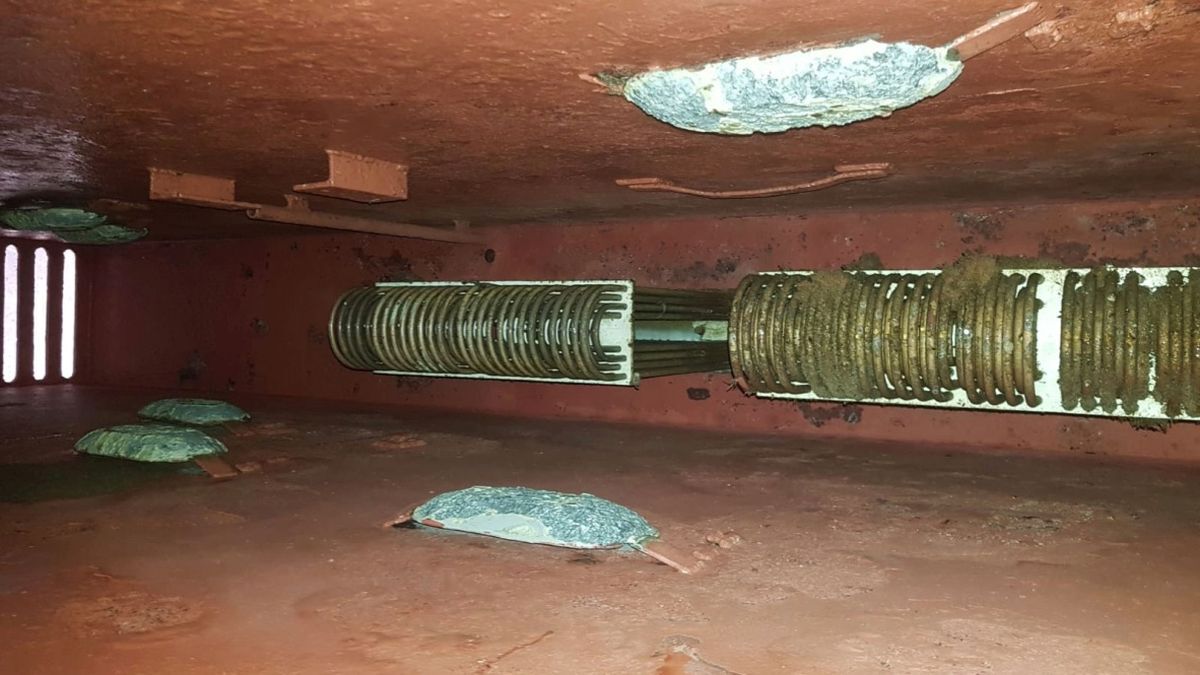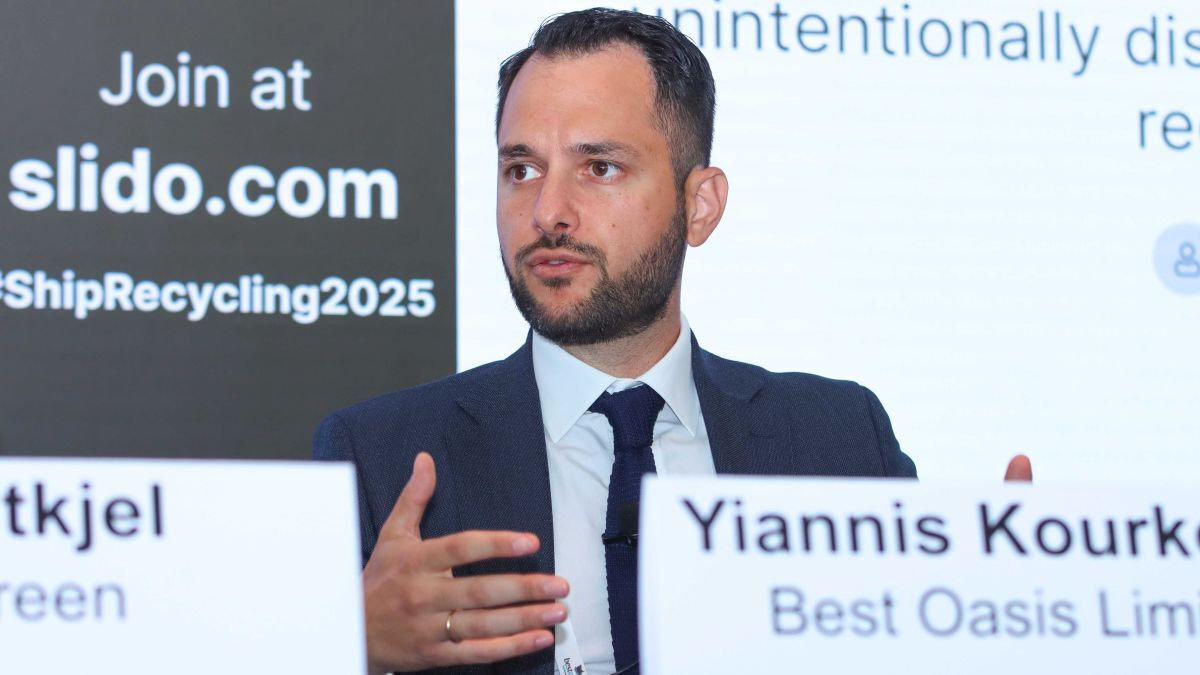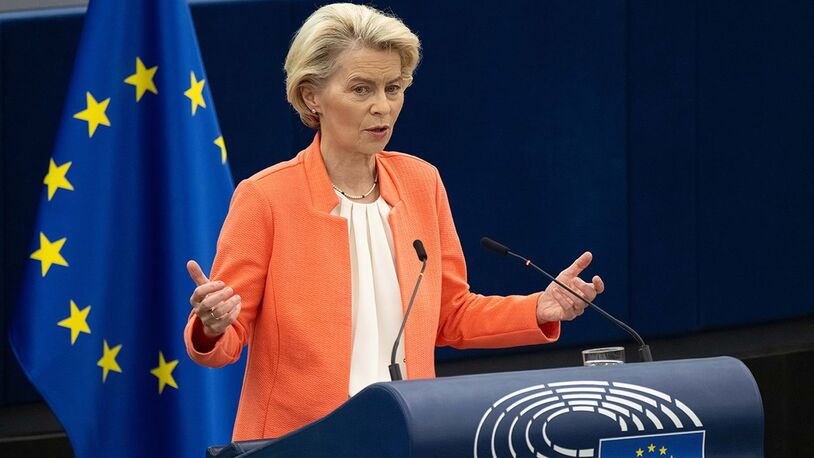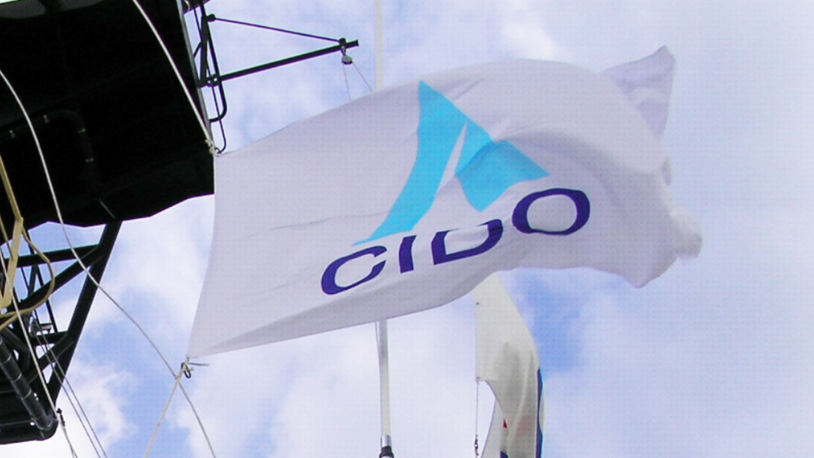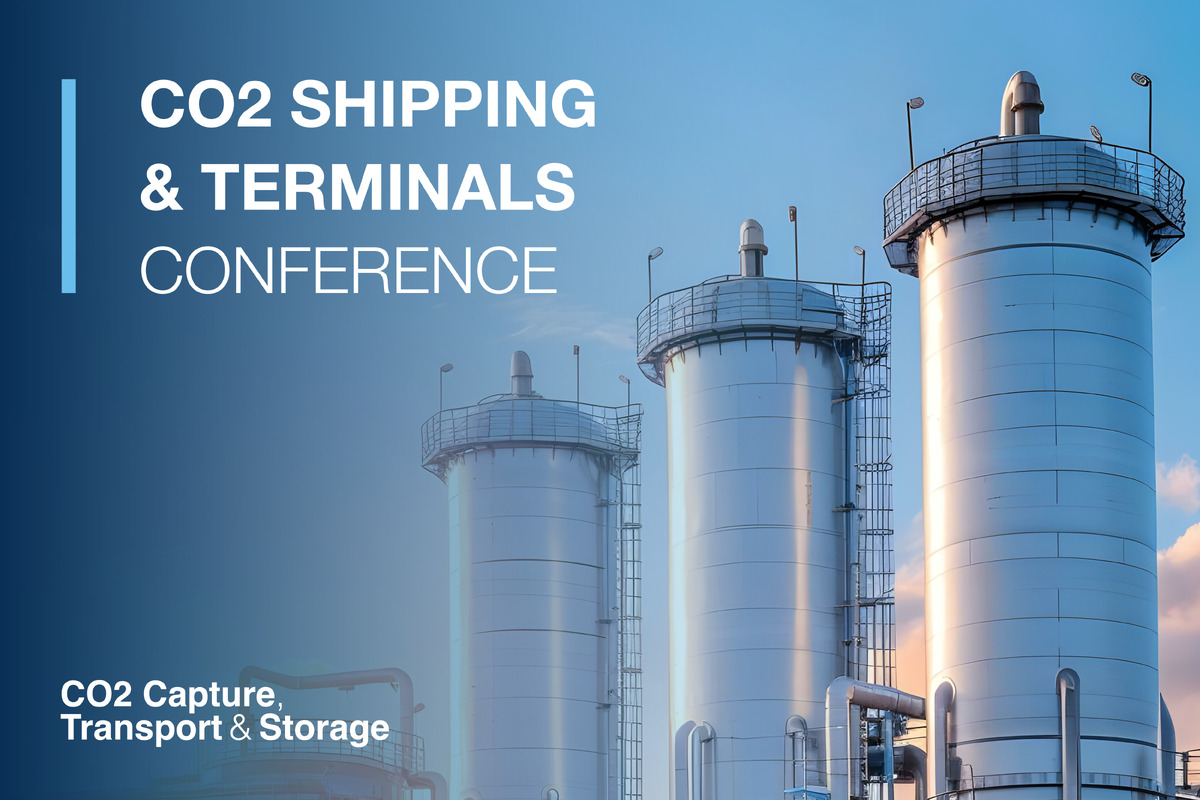Business Sectors
Contents
Fleet renewal is driven by economic growth
India is heavily dependent on imported crude for its energy requirements, and national demand for crude oil is expected to hit 3.5 million barrel/day by 2014. In order to haul these growing quantities, primarily from the Arabian Gulf and west Africa, a massive fleet renewal programme is underway and India’s largest shipping company, the government controlled Shipping Corporation of India (SCI), is in the vanguard.
In this, its golden jubilee year, the SCI fleet stands at 79 vessels of various types, with a further 29 on order, 13 of them slated for delivery this year. This massive programme received a recent cash injection from a successful equity issue which raised US$260 million. This came on the back of impressive trading results for its last quarter, which saw the company return a net profit of US$26.1 million.
Earlier this year the company took delivery of Desh Suraksha, a 115,000 dwt crude oil carrier built by Hyundai Heavy Industries. This Aframax vessel has been designed and constructed to meet joint ABS and Indian Register of Shipping requirements, as well as applicable statutory rules; these include the marine environmental, safety and quality assurance criteria for tankers in ExxonMobil affiliate service and United States Coast Guard rules for vapour emission. The ship will carry a Green Passport, which will be updated throughout its lifetime and is intended to document the owner’s safe and environmentally sound approach to operations from the newbuilding stage to eventual recycling.
The cargo tank arrangement consists of a single longitudinal bulkhead together with transverse bulkheads to create six pairs of cargo tanks and one pair of slop spaces, giving a total capacity of 130,692m³. Water ballast tanks complete the wing and double-bottom tank arrangement. A bulbous bow has been included in the hull construction, with the design being optimised for both fully loaded and ballast draught conditions.
Spacious and well equipped crew spaces in the accommodation areas are an appealing feature of Desh Suraksha. Three separate laundries, three separate recreation/mess rooms, combined with well laid out dining and living areas for a potential complement of 33+6 personnel, ensure that the vessel is in full compliance with relevant ILO conventions concerning crew accommodation and occupational health and safety.
Deck machinery forward consists of two sets of electro-hydraulic TTS-Kocks windlass/mooring winches with a brake holding load of 296 tonnes. Aft are 20 tonne x 15m/min mooring winches from the same manufacturer with a 64.8 tonne brake holding load. Providing the power is a high pressure 240 bar hydraulic pack.
Both electro-hydraulic cargo hose handling cranes and provisions cranes have been supplied by Oriental Precision Engineering, the former with a useful 43m lifting height and a working radius of 19m. Each provisions crane, with a lifting height of 40m and a working radius of 15m-16m, gives easy access to the relatively large engineroom.
Lifesaving equipment includes two Hyundai totally enclosed davit launched lifeboats moulded in FRP and five sets of Viking inflatable liferafts.
Fire protection is offered in the engineroom and pumproom by CO2 total flooding systems from NK Co of Korea, as well as fire hydrants, portable fire extinguishers and, in the engineroom, a high pressure fixed local water based system supplied by another Korean manufacturer, Tanktech, complete with an 11 m³/h pump. The main deck cargo tank area is protected by a foam system, also from NK and complete with a 4,000 litre foam tank, as well as hydrants.
The three coat polyurethane coatings applied to the exposed upper deck fittings at the yard should mean that only minimal upkeep is required.
Three independent cargo pump lines with one stripping pump and a stripping eductor permit the carriage of three separate grades of oil. Pumping equipment consists of three 1,500kW Hyundai EMD vertical single stage pumps driven by steam turbines and each with a 3,000 m³/h capacity. Tanks are stripped courtesy of an Hyundai EMD steam reciprocating 350 m³/h pump with a Tanktech 400 m³/h eductor and a Primavac self-stripping system provided by Aalborg Japan. The inert gas system is supplied by KangRim with a 11,250 m³/h gas flow rate.
Heating coils in the cargo oil tanks and slop tanks are all supplied with steam carried in steel pipes on the upper deck and aluminium steel in the cargo tanks. The system is designed to raise the temperature in the cargo oil tanks from 44°C to 66oC in 96 hours during a voyage with an ambient air temperature of 2°C and a surrounding sea water temperature of 5°C. Oily water in the slop tanks can also be raised from 44°C to 66°C in 24 hours under the same conditions.
The tank cleaning system includes deck mounted single nozzle programmable units from Tanktech for closed cycle and crude oil washing. In total, there are 27 sets with an 8 bar capacity (24 sets of 71.3 m³/h and three of 57.7 m³/h). There are also four submerged type Tanktech NPM-50S units of 34.2 m³/h capacity at 8 bar, as well as two Tanktech NPM-50P portable machines, again of 34.2 m³/h at 8 bar.
The manifold itself comprises six 508mm (20in) ANSI cargo flanges.
Tanktech also provided manual ullaging tank level gauge equipment for Desh Suraksha. Inert gas pressure sensor combined equipment of the remote radar beam type was supplied by Enraf Hanla IMS.
A single nickel aluminium bronze fixed pitch four bladed keyless propeller measuring some 7.2m in diameter is turned by the Hyundai-MAN B&W 7S60MC-C7 two-stroke main engine; this develops 15,820kW (21,215 bhp) at 105 rpm (MCR) to give a service speed of 15.1 knots. A semi-balanced rudder is actuated by Yoowan Industries electro-hydraulic Rapson slide steering gear comprising four cylinders and driven by two pumps, one of which is purely stand-by.
Engineroom machinery includes a steam generating plant consisting of two automatic, forced draught, water tube KangRim boilers burning heavy fuel with a 35 tonnes/h capacity and a 1,400 kg/h KangRim exhaust gas economiser. The incinerator is an IMO approved 700,000 kcal/h Hyundai-Atlas design.
Three of Hyundai’s own-design HiMSEN 6H21/32 auxiliary engines, each delivering 960kW at 720 rpm, drive HEECO HFC7 508-14K generators to supply 1,125 kVA at 720 rpm. Located in the engine casing on the upper deck is the Cummins 6CTA8.3DM emergency engine driving a 162.5 kVA UCM274G1 generator. Waste heat from the main engine jacket water is utilised by a Sakakura fresh water generator, which is a shell and tube type delivering 35 tonnes/day to meet vessel and crew needs.
Desh Suraksha’s ballast system consists of two main lines with two ballast pumps and one stripping eductor; an expansion coupling is provided for in water ballast tanks. Two vertical centrifugal pumps are provided, each of 2,000 m3/h capacity, one of which is driven by a 205kW HHI EMD steam turbine. The other is driven by an HHI EMD vertical single speed pump driven by a 240kW electric motor. Also installed is a Tanktech 200 m3/h water ballast eductor. Water ballast tank level gauges, also supplied by Tanktech, come complete with ullage, temperature and interface capabilities.
Marine electronics and navigational equipment includes two Tokyo Keiki gyro compasses. The same manufacturer was chosen to supply the steering gear control equipment and magnetic compass. JRC supplied the GMDSS equipment, speed log, echo sounder, radar, weather fax, DGPS, ecids and AIS, with the VDR system provided by HHI-EES. TST
Related to this Story
CMB.Tech 'positive' on IMO's new framework, hails ammonia as 'the way forward'
Events
Reefer container market outlook: Trade disruption, demand shifts & the role of technology
Asia Maritime & Offshore Webinar Week 2025
Marine Lubricants Webinar Week 2025
CO2 Shipping & Terminals Conference 2025
© 2024 Riviera Maritime Media Ltd.



